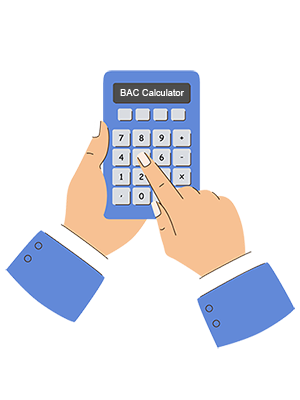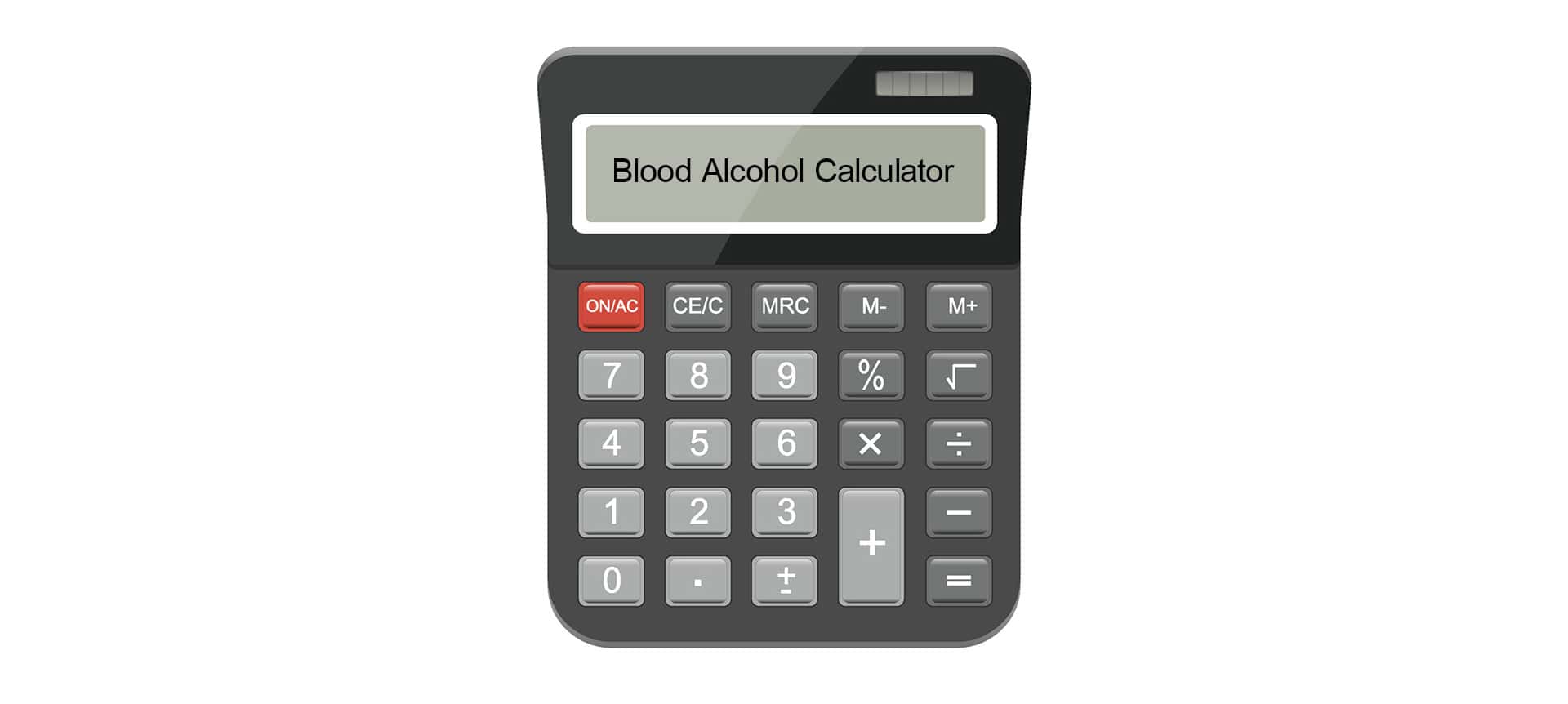Our blood alcohol calculator is designed to be both fast and user-friendly, providing you with accurate estimates in just a few clicks. Simply input your gender, weight, number of drinks consumed, and the time frame over which you've been drinking, and the calculator will instantly compute your estimated blood alcohol concentration (BAC). This swift and efficient process allows you to quickly assess your level of intoxication, helping you make informed decisions about driving, social interactions, and personal safety.
One of the standout features of our blood alcohol calculator is its ease of use. With a clean and intuitive interface, even those with minimal technical skills can navigate it effortlessly. The calculator accommodates various drink types and sizes, ensuring that your BAC estimate is as precise as possible. By accounting for key variables such as gender and weight, it provides a personalized assessment tailored to your unique physiology, enhancing the reliability of the results.

In addition to its speed and simplicity, our blood alcohol calculator also educates users about the factors that influence BAC. By understanding how variables like recent food intake, age, and health status affect alcohol absorption and metabolism, you can better appreciate the complexities of alcohol consumption. This knowledge empowers you to drink responsibly and be more aware of your body's responses to alcohol, promoting safer and healthier choices.
A "standard" drink is a measure used to quantify alcohol intake across different types of beverages, providing a consistent way to understand and compare alcohol consumption. In the United States, a standard drink contains approximately 14 grams (0.6 ounces) of pure alcohol. This amount is typically found in a 12-ounce beer with about 5% alcohol by volume (ABV), a 5-ounce glass of wine with about 12% ABV, or 1.5 ounces of distilled spirits, such as whiskey, vodka, or rum, with about 40% ABV. The concept of a standard drink helps individuals monitor their alcohol intake and adhere to health guidelines and legal limits.
Understanding what constitutes a standard drink is essential for making informed decisions about alcohol consumption. Different alcoholic beverages can vary widely in their alcohol content and serving sizes, making it easy to unintentionally consume more alcohol than intended. By using the standard drink measure, individuals can better gauge their drinking habits and reduce the risk of overconsumption and its associated health risks. It also aids in the use of tools like blood alcohol calculators, as accurately estimating BAC depends on knowing the true amount of alcohol consumed.
One standard drink is equal to;
While our blood alcohol calculator provides a quick and convenient way to estimate your blood alcohol concentration (BAC), it is important to understand that the results are rough estimates only. Numerous individual factors, including but not limited to your unique metabolism, health status, and recent food intake, can influence your actual BAC. The calculator should not be used as a definitive measure of your level of intoxication or your ability to operate a vehicle or machinery safely. Always exercise caution and err on the side of safety, and remember that the only sure way to avoid impaired driving is to refrain from consuming alcohol if you plan to drive.
Blood Alcohol Concentration (BAC) is a measure of the amount of alcohol in your bloodstream, expressed as a percentage. Understanding BAC is crucial because it influences how alcohol affects your body and behavior. A blood alcohol calculator can help estimate BAC based on various factors, aiding in responsible drinking and legal compliance.
This article delves into the factors affecting BAC, the physical process of detoxification, ways to reduce BAC, legal limits, and the concept of tachyphylaxis.
In many places, the legal limit for blood alcohol concentration when driving is 0.08%. However, lower limits may apply for commercial drivers or individuals under the legal drinking age. It's important to check the specific laws in your state or country.
Tachyphylaxis refers to a rapidly diminishing response to successive doses of a drug, rendering it less effective. In the context of alcohol consumption, it means that repeated alcohol intake over short periods can lead to a reduced effect of the alcohol, potentially encouraging higher consumption and leading to higher BAC levels.
Read about EtG type alcohol testing here.
Understanding the factors that affect BAC and how the body processes alcohol is essential for responsible drinking and legal compliance. While various factors like gender, weight, health, food intake, and age influence BAC, time remains the most crucial factor in reducing BAC. Being aware of the legal limits and the body's detoxification process can help individuals make informed decisions about alcohol consumption. By understanding and applying this knowledge, individuals can use blood alcohol calculators more effectively to manage their alcohol intake and maintain safety and legality in their drinking habits.
Addiction Gap is a certified 501(c)(3) nonprofit
